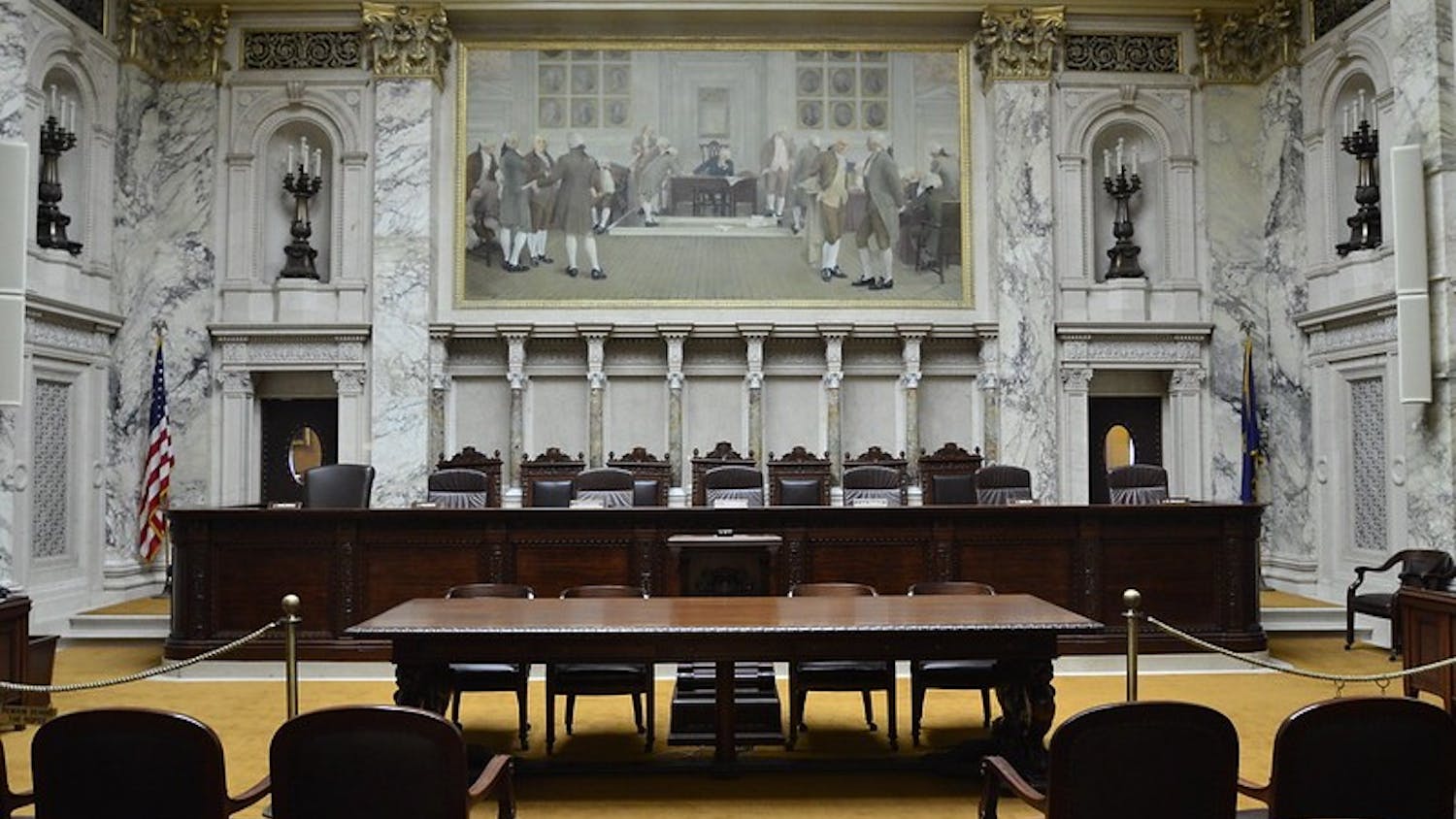I’ll never forget my introduction to the Wisconsin experience.
No, it wasn’t SOAR, it wasn’t Welcome Week, it wasn’t my first football game.
It came later — the day I overslept my first class and left a lecture at 5:15 p.m. to be greeted by darkness. I made the mistake of wearing nothing more than a sweatshirt and jeans, lulled into false confidence by the sunny afternoon. But when I left, the sun had been put out, replaced by darkness and a stiff wind from the lake.
Traversing back to my dorm, I faced another fork in the road — should I head to the dining hall to get a too-early dinner or return to my dorm knowing the bitter night might well make it impossible to leave?
In two weeks, we will push our hour hands forward, satisfying one of society’s strangest tics. It’s a ritual that’s archaic, concretely harmful and well past its expiration date.
It is said that daylight saving time was invented by Benjamin Franklin, who began to observe strange sunlight patterns in the summer months while serving as the U.S. Ambassador to France. In 1784, he wrote a letter to the Journal of Paris declaring it “extraordinary” that the sun would rise at 6 a.m.
He proposed a system where our clocks would be set around the sun, not the other way around. He admitted it might be hard to switch at first, but “Oblige a man to rise at four in the morning, and it is more than probable he will go willingly to bed at eight in the evening; and, having had eight hours sleep, he will rise more willingly at four in the morning following.”
Franklin was a man of habit, known for his maxim “Early to bed, early to rise makes a man healthy, wealthy and wise.” He would wake up every morning at five and have the candle out by 9 p.m. For him and everyone living before electricity, living by the sun was the only feasible option. The majority of citizens were farmers who needed to start early and work until it got dark.
But the proposal would not gain serious traction for another century until George Vernon Hudson, an entomologist from New Zealand, presented the idea to their Royal Society in 1895. This was eight years after a group of business leaders and scientists in the United States established our four time zones, and when the federal government took control of them after World War I, they started adjusting our clocks twice a year.
If this was just a simple quirk, we could live with it. But beyond making me realize why everyone told me to “make sure I bring a big coat,” daylight saving time has far worse consequences.
The first Monday of November, the morning our clocks rip an extra hour of sleep from us, hospitals report a 24% increase in heart attack visits. On Nov. 6 this year, Americans will be more likely to have strokes, develop thoughts of suicide, and be injured at work. Students will be less attentive and sleepier. Researchers estimated that 30 people died in car crashes due to “sleepy daylight savings drivers” from 2002-2011.
The biggest problem with changing daylight saving time is disagreement over which should be permanent: summer daylight saving time or winter standard time. Last year, the Senate passed the Sunshine Protection Act with unanimous consent. The bill, which was never considered by the House, would have made daylight saving time the year-round standard. Senators Ed Markey, D-Mass., and Marco Rubio, R-Fla., argued an extra hour of afternoon sunlight would decrease seasonal depression and crime.
But experts like the American Academy of Sleep Medicine say we should end the switch and adopt permanent standard time. They say we need extra sunlight in the morning for better sleep because it aligns more naturally to our circadian rhythm.
Regardless of which time you prefer, it's the act of changing it that is dangerous and unnecessary. As Mayo Clinic’s Rachel Ziegler told The New York Times, “If you ask any sleep specialist, I think most of us would be in favor of a permanent schedule.”
As students, our hours spent asleep are vital and ever-fleeting. We are two weeks away from having an hour unfairly taken from us. More people are working from home than ever, and depression rates in the United States reached all-time highs this winter.
Keeping sunlight in the afternoon year round will give people the time to enjoy it and stop the needless accidents that happen on a Monday of our choosing.
Graham Brown is an Opinion Editor. He is a junior studying Political Science and History. Do you agree we should adopt permanent Daylight Savings Time? Send all comments to opinion@dailycardinal.com
Graham Brown is a former opinions editor for The Daily Cardinal.






